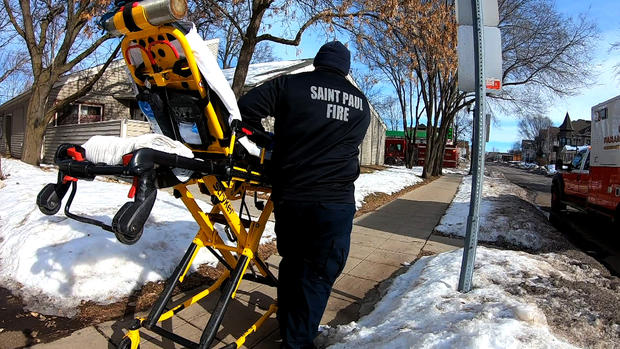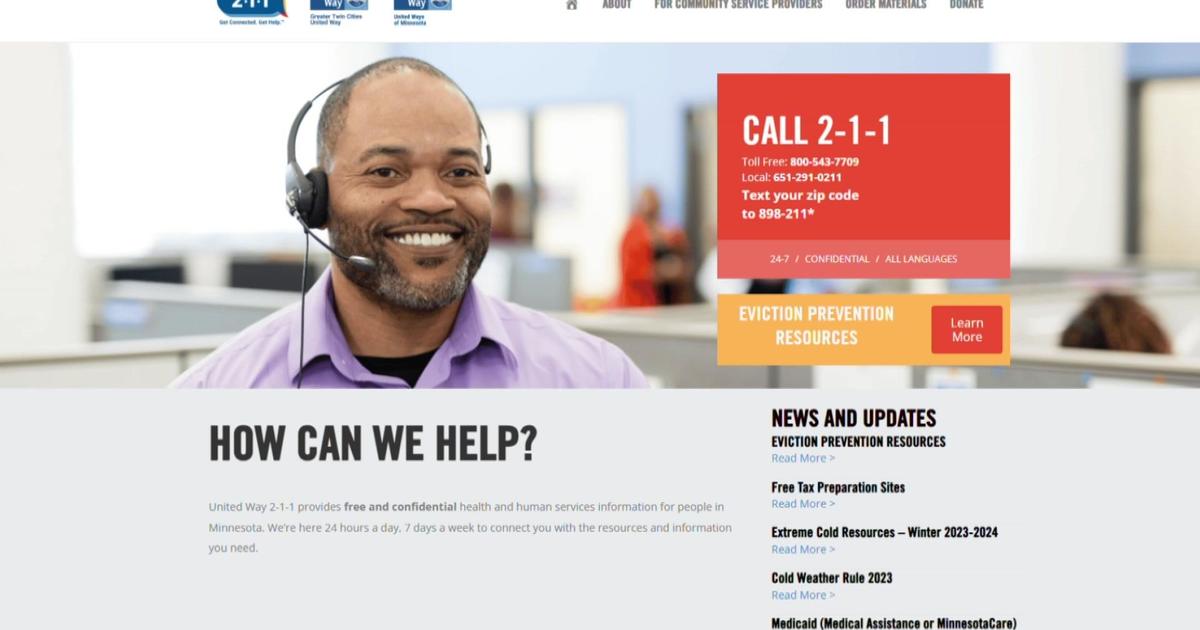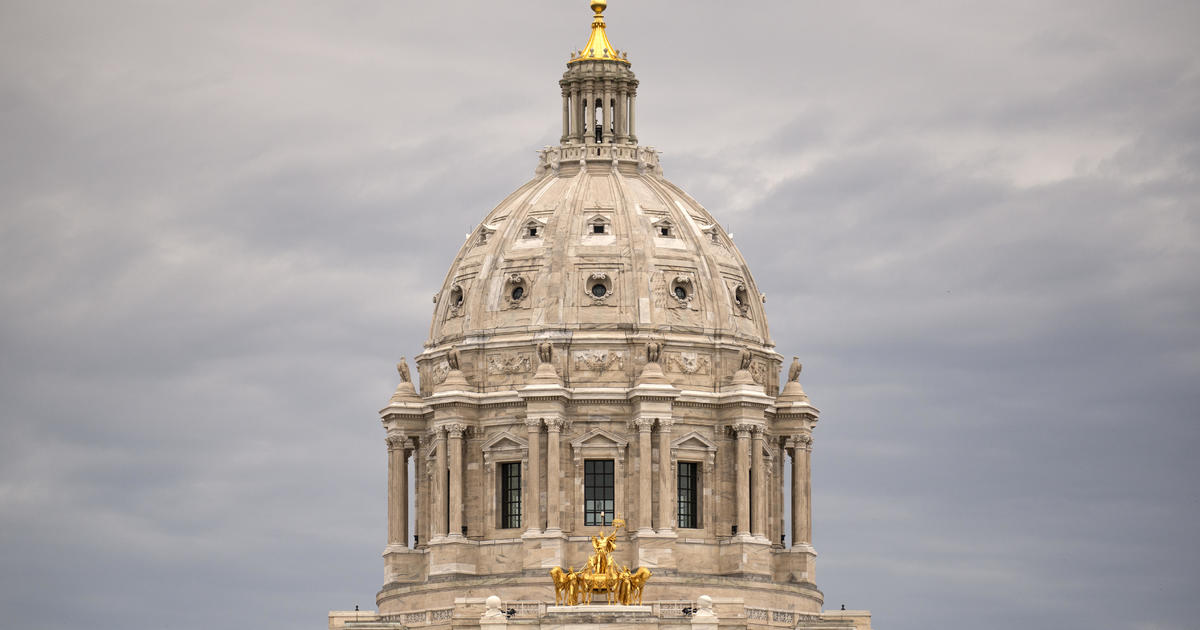How St. Paul's 1st Responders Manage Stress, Emotions After Traumatic Calls
MINNEAPOLIS (WCCO) -- Rushing into an ambulance en route to a medical call represented roughly 80% of runs for first responders within the St. Paul Fire Department in 2019.
"Almost 39,000 [calls] were EMS runs," Asst. Chief Matt Simpson said.
And a small-but-devastating fraction of that number often carried with it a criminal element. In 2019, 171 times the medical run was a "penetrating trauma," which includes shootings and stabbings.
"That's a shooting and or stabbing every other, basically every other day," Simpson said.
The bloodshed, however, wasn't so evenly distributed. It rose to a shocking peak as summer came to a close. Eight people died from gun violence in September alone. A few more were shot that month but survived.
By the end of the year, 30 people died from homicide, the highest total since the early 90s.
"If it wasn't my shift that had [a shooting or stabbing], it was my counterpart the day before," Capt. Kathryn Heckaman said.
All 435 sworn personnel in the department are at least EMTs, but 170 of them are paramedics. Heckaman estimates she responded to a dozen shootings from September on.
"It just makes me sad that I went to those 12, that that's happening," she said.
She wouldn't go into detail as to whether one of her patients ended up being a homicide victim. She instead paused and acknowledged that losing a life is an unfortunate part of the job. She said one death is already too many.
"We can't save everybody," Heckaman said.
Paramedics like her are thrust into the immediate and tense aftermath of a gun-violence event, when a life can hang in the balance. Not only are they waiting for police to make sure the scene is safe, they must handle a variety of variables while tending to a victim.
"We may have more than one victim. We may have someone that's been shot but then we have a loved one that is witnessing that, that we also have to care for and help manage," she said. "They have a traumatic event that they're witnessing, too. They may have just lost a loved one or it happened right in front of them."
And there was one night in particular that will go down as one of department's toughest in 2019. On Sept. 2 around 8:30 p.m., St. Paul firefighter Tom Harrigan was shot in his home. Still alive, paramedics rushed him to the hospital where he later died.
"You don't generally know the people that you respond to, so I can only imagine the emotional frustration of this crew," Simpson said. "That affects everybody. I mean, it's a family member."
The department was just starting the grieving process when less than two hours later, chaos erupted outside the Minnesota State Fair.
"It was called in as five to seven people having been shot," Simpson said. "We had to stop dealing with the emotional support part, not 100% … but there were a number of us that had to leave and respond to this next scenario."
The need to focus on a possible mass casualty event meant putting their pain of losing one of their own aside, but not for long, and not with how the mental health of their staff is now being prioritized.
"That's a clear observation that we didn't do a good enough job of previously. It was, 'Hey, suck it up, go home, you can figure this out on your own,'" he said.
Instead, there are now peer support groups allowing firefighters to talk out their feelings with those who've experience the same trauma. Simpson said it can happen in an office setting one on one, or around the dinner table in a larger group.
"We'll give crews up to 90 minutes to really do that. To stop, take a breath," he said.
They can also simply take a break, physically and mentally.
"Being able to take a breath after a traumatic call is a nice change of pace than you know, let's say five years ago where you're expected to just go right out the door to the next call," Heckaman said.
She says that shift in the department's approach helped her and others handle the emotional stress that came with the uptick in violence last year.
Now, more than a month into 2020, shootings and the effort to stop and prevent them march on. There have been three homicides, two from shootings, and 13 people shot overall since Jan. 1.
The calendar has turned a page. The question now is how and when will the deadly problem do the same.
"We have an opportunity every day that we come to work to make a difference and a positive impact in somebody's life," Heckaman said.




